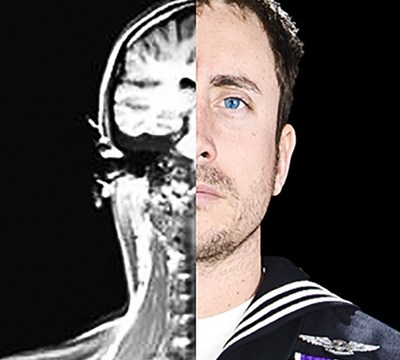linkedin post 2019-11-28 05:40:34
BRAIN AS MACHINE. “The flow of information within the hippocampus that supports memory encoding. Key to this process is a strong electrical signal that travels from CA3, the “input” part of the hippocampus, to CA1, the “output” node. This signal is impaired in people with memory disabilities...if we could recreate it using silicon, we might be able to restore — or even boost — memory.” http://singularityhub.com/2015/11/15/first-human-tests-of-memory-boosting-brain-implant-a-big-leap-forward/ View in LinkedIn

